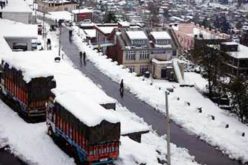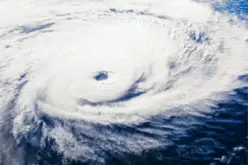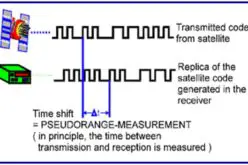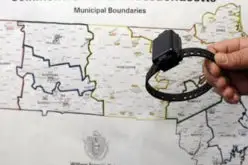IIIT Hyderabad Develops New Low-cost Location Tool to Track Assets
At IIIT Hyderabad researchers have developed a new localization technique that doesn’t use Global Positioning System (GPS) rather uses the Long Range Wide Area Network (LoRaWAN) technology which will provide the location data of the asset. LoRaWAN conveys sensor information using very low-power end devices to all gateways (i.e., base stations) in their transmission vicinity through Long Range (LoRa) wireless communications.
The key advantages of LoRaWAN over traditional approaches such as Wi-Fi and GSM-based methods are high resilience to multi-path fading over long distances, and the ability to choose power consumption to be low or high, in line with the specific use cases.
The new technology has been presented in a paper titled ‘Feasibility of Standalone TDoA-based Localisation Using LoRaWAN’ that was published at the International Conference on Localisation and GNSS (ICL-GNSS).
The proposed technique which is based on LoRaWAN technology can be replicated with any other wireless technology as well.

Image Source – https://hal.laas.fr/hal-03288706/file/Draft_Final_HAL.pdf
Many attempts to achieve localization using LoRaWAN have been made till now, based on a variety of techniques such as Angle of Arrival (AoA), Time Difference of Arrival (TDoA), Received Signal Strength Index (RSSI). This paper presents a novel, standalone localization approach by developing a collaborative, TDoA-based methodology using LoRaWAN. The server determines the target node location by means of TDoA measurements from the target node to the gateways. The introduction of an additional stationary node allows the synchronization of the gateways without utilizing GNSS, either inbuilt or external. The cooperation between target node, synchronization node, and server, is the innovative feature that makes this approach attractive for GNSS-free localization.
According to the Principal Investigator of PATRIoT lab, IIITH, Dr. Aftab Hussain, the biggest challenge for engineers in devising a localization approach lies in synchronizing the clocks across the satellites. Currently, synchronization is achieved via highly sophisticated atomic clocks onboard the satellites. The method which is based on the Time Difference of Arrival (TDoA) – a well-established geo-location technique can locate a signal source from the different arrival times at three or more receivers.
According to researchers, currently, the best location accuracy that is being reported for TDoA when the gateways are synchronized using GPS is of the order of 300-500 m. However, these researchers have shown a maximum error of around 23 m over an area of 8.6 km.
With a patent filed, a number of companies were evincing interest in commercializing the new technology, the researchers said.
Source – Deccan News
Also Read –
MIT Develop Battery Free Underwater Navigation System










